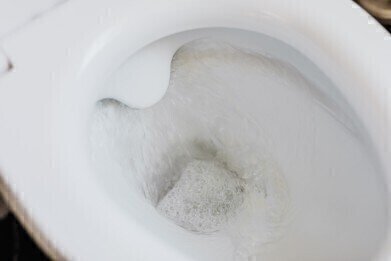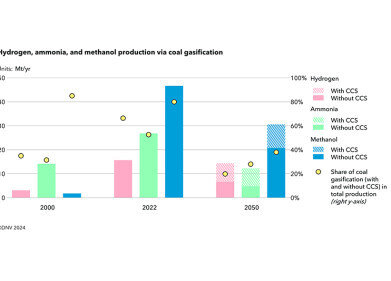Green Energy
Turning Waste into Wattage – Britain’s first Excrement-Powered Bus
Dec 19 2014
The finite nature of fossil fuels, along with the harmful effects they exhibit on the environment, have led to scientists pursuing all manner of alternative power sources. One of the most unorthodox (but potentially brilliant) sources that has been harnessed in growing numbers across Europe has now come to Britain, too; that’s right, it’s the power of poo.
Human beings produce on average just under half a kilo of excrement on a daily basis. Rather than viewing this simply as an unpleasant waste product, some clever boffins have successfully managed to use the excrement as an energy source, harnessing its power to run a 40-seater bus between Bristol Airport and Bath.
The 20-mile stretch can be covered almost 10 times on a full tank of human excrement and food waste, thus reducing the number of carbon-powered vehicles whilst simultaneously putting a previously useless and unsightly substance to good use.
How Does it Work?
The bus, jokingly dubbed “The Number Two” by some of its users, runs on a biogas called biomethane. In nearby treatment plants, the organic waste (human and animal excrement, food scraps, etc.) is converted into biomethane through a process called anaerobic digestion.
The clue is in the title: anaerobic means an absence of oxygen, and the biogas is processed in exactly that sort of environment. The lack of oxygen is conducive to the breaking down of the organic matter by microorganisms, resulting in a gas that is clean and renewable. For more information on this fascinating alternative to fossil fuels, check out the article: Biogas - Energy to Reckon With.
Although it can’t compare to nuclear or fossil fuel energy generation in its current state, the technology is becoming more advanced and more efficient all the time.
Where Else is Biogas Used?
Germany are the global powerhouses in biogas production, with as many as 9,000 plants in the country according to a study from November 2013 by IEA Bioenergy. This is more than the rest of the world put together, by some stretch; they are also the world leaders in the technology involved, as well.
There are currently 13 member states of Task 37, the project brainchild of IEA which seeks to raise awareness about the possibilities of biogas and proliferate its use on a global scale. Across in the United States, there are currently around 2,200 sites which produce biogas, according to the American Biogas Council (ABC). One of the most recent of these installations is the Blue Mountain biogas plant in Beaver County, Utah. This plant uses pig manure from the million pigs in the 10 farms surrounding the area to convert into roughly 3.2Mw of energy.
If such technologies continue to improve in both efficiency and financial viability, we may have found an unlikely replacement for our addiction to fossil fuels.
Events
May 05 2024 Seville, Spain
May 13 2024 Munich, Germany
May 23 2024 Beijing, China
May 23 2024 Beijing, China
Jun 10 2024 Algiers, Algeria














